Cambridge Audio Melomania P100 vs Melomania P100 SE: what are the differences between these wireless headphones?
Enhanced sound, improved comfort and a new colour
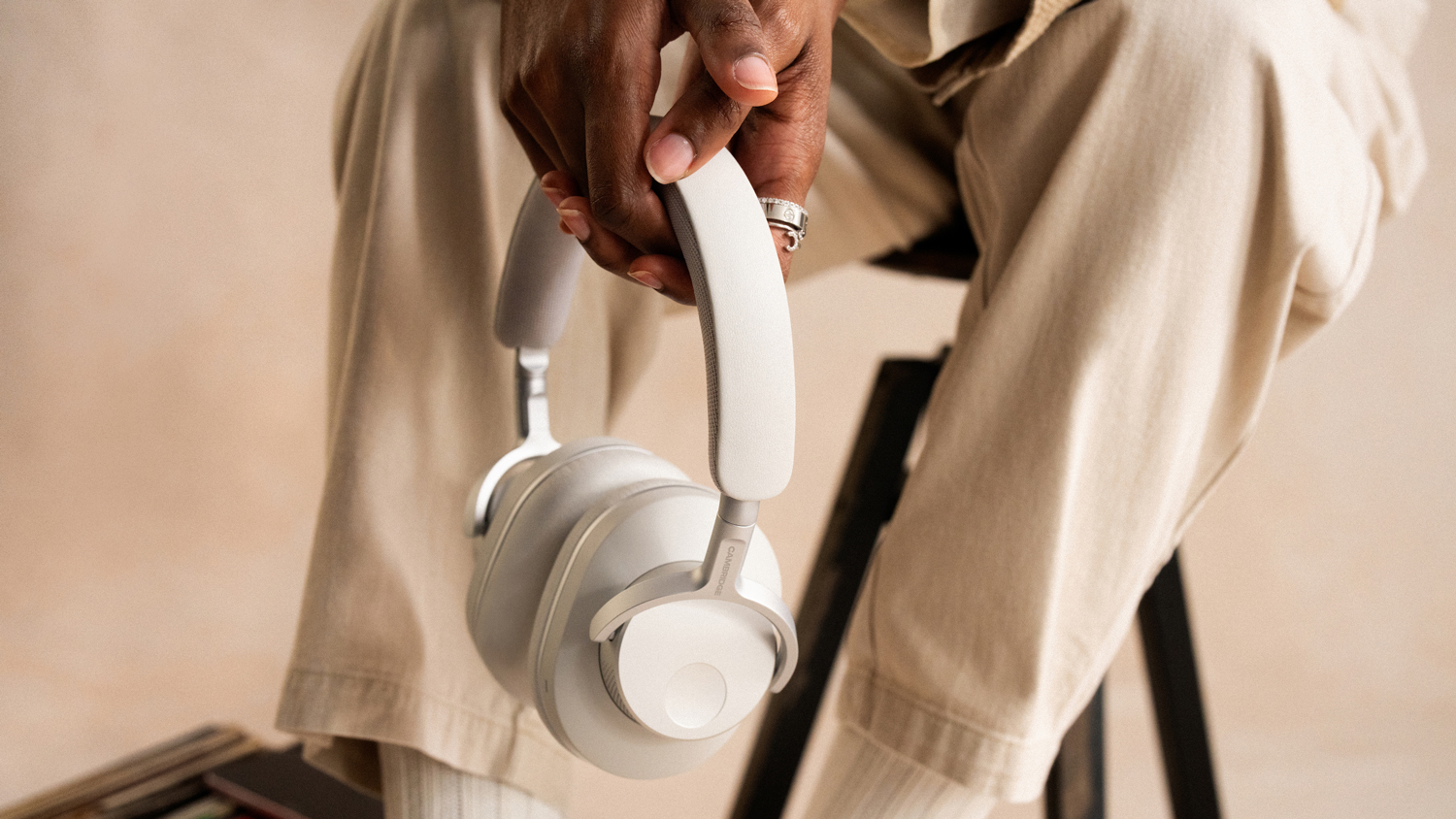
The original Cambridge Audio Melomania P100 wireless headphones earned three stars in our review last year, delivering superb battery life and clean sound quality. But they ultimately fell short due to a lack of energy and dynamic expression, which left them feeling "fundamentally uninspiring."
Now, the British audio company has unveiled the Melomania P100 SE – a special edition of their flagship over-ear headphones that promises to elevate the P100 formula with enhanced tuning, improved comfort, and a revamped design.
In short, the P100 SE appears to address some of our review concerns directly, with Cambridge Audio claiming more powerful, immersive playback, and refined dynamics through its new tuning.
Until we have a chance to test them thoroughly ourselves, though, the below comparison is based on our comprehensive review of the original P100, and what we know about the new Cambridge Audio P100 SE so far.
We'll update this comparison with a definitive verdict once we've had the opportunity to put the P100 SE through its paces in due course. In the meantime, here’s how the two models stack up against each other.
Cambridge Audio Melomania P100 vs P100 SE: price
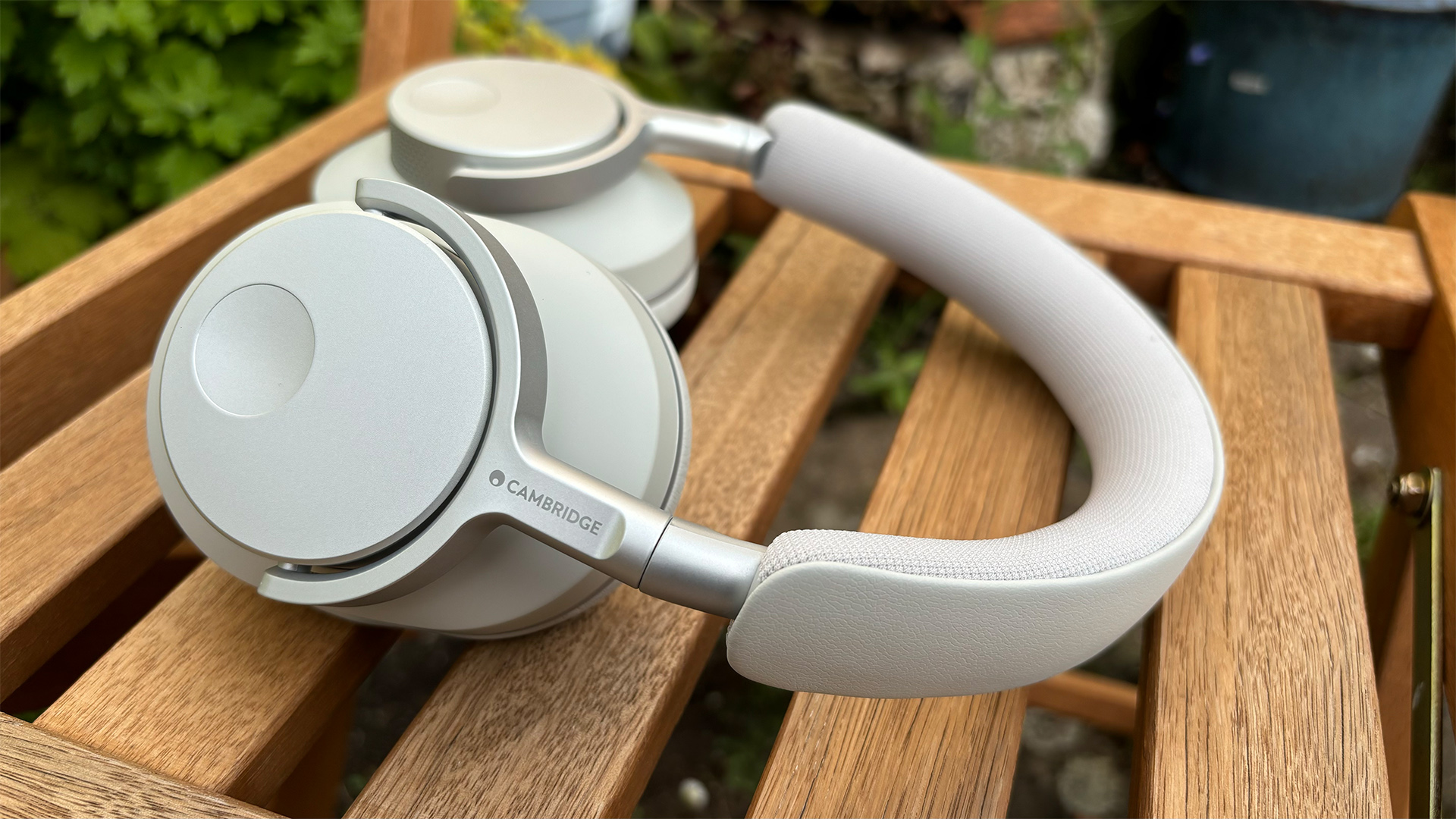
The original Cambridge Audio Melomania P100 launched last year at £229 / $279 / AU$479, though at the time of writing, it’s currently on offer for £199 / $239.
The new Melomania P100 SE launches today at £249 / $299 / €279 (Australian pricing is TBC). That's a £20/$20 increase over the original model.
The latest hi-fi, home cinema and tech news, reviews, buying advice and deals, direct to your inbox.
It’s not a massive increase over the RRP, and the P100 SE remain more affordable than the premium you pay for the current Bose, Bowers & Wilkins, Sony and JBL flagship rivals.
Cambridge Audio Melomania P100 vs P100 SE: design and comfort
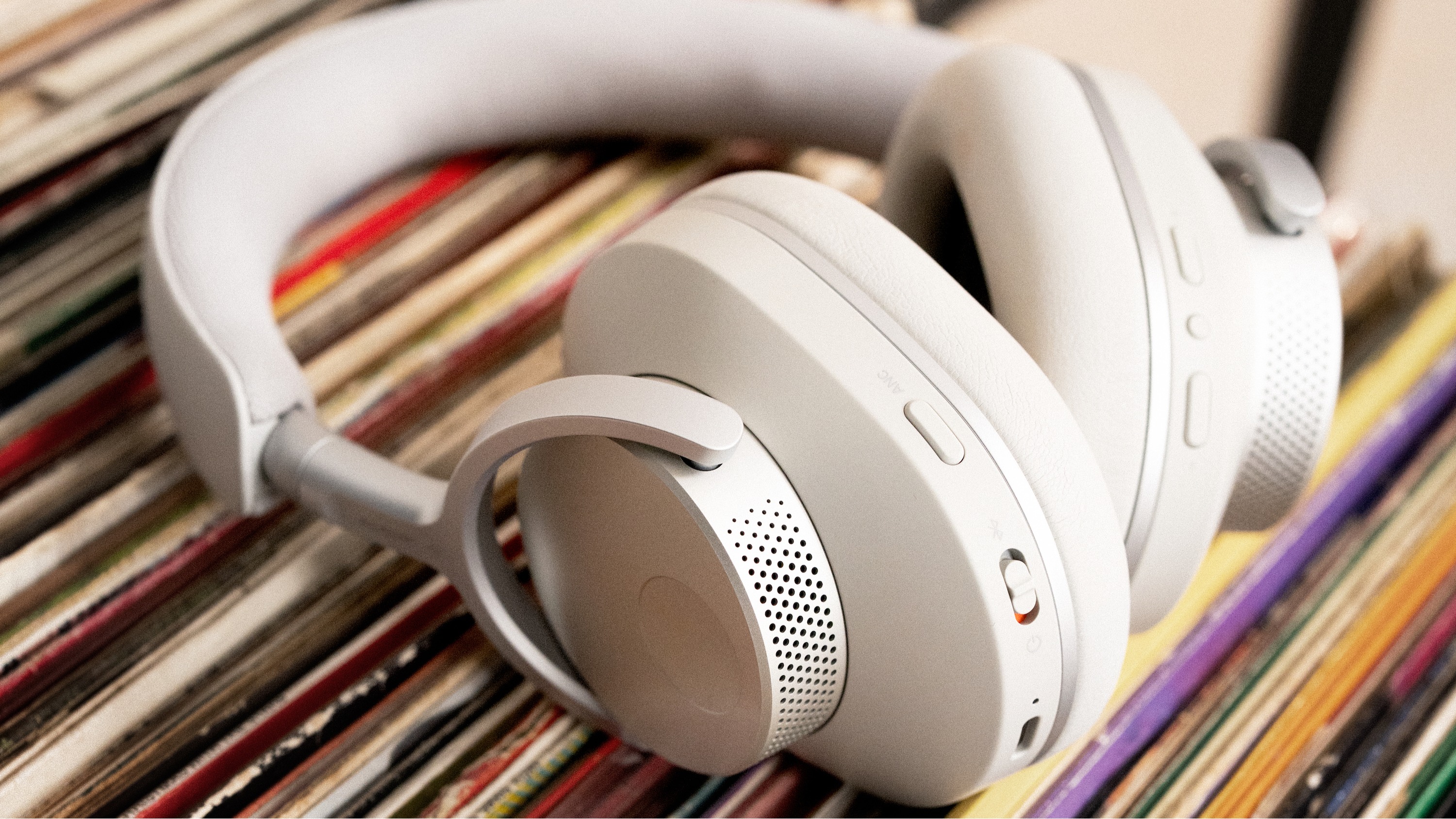
The P100 impressed us with their tasteful design, featuring what Cambridge Audio calls a 'silver' finish (more of a subtle grey), a tightly woven fabric headband, and smoothly rotating hinges that convey quality and refinement. While we found the metal earcups felt somewhat cheap to the touch, the overall construction proved robust during our testing.
According to Cambridge Audio, the P100 SE maintains this design approach while introducing several improvements. The most significant change is a re-engineered headband, described as providing "exceptional comfort for every head shape" through more luxurious cushioning.
Given that our review noted the original P100 as reasonably comfortable but chunky and rigid compared to more flexible rivals, this represents a targeted improvement.
The P100 SE also introduces a new blue colour alongside the existing black and white options. Cambridge Audio describes this as a "bold" and "stylish" finish that provides a modern update to the headphones.
Sustainability also factors into the P100 SE design, with Cambridge Audio stating the headphones use 50 per cent recycled plastic along with user-replaceable batteries and ear cushions.
Cambridge Audio Melomania P100 vs P100 SE: features and battery life
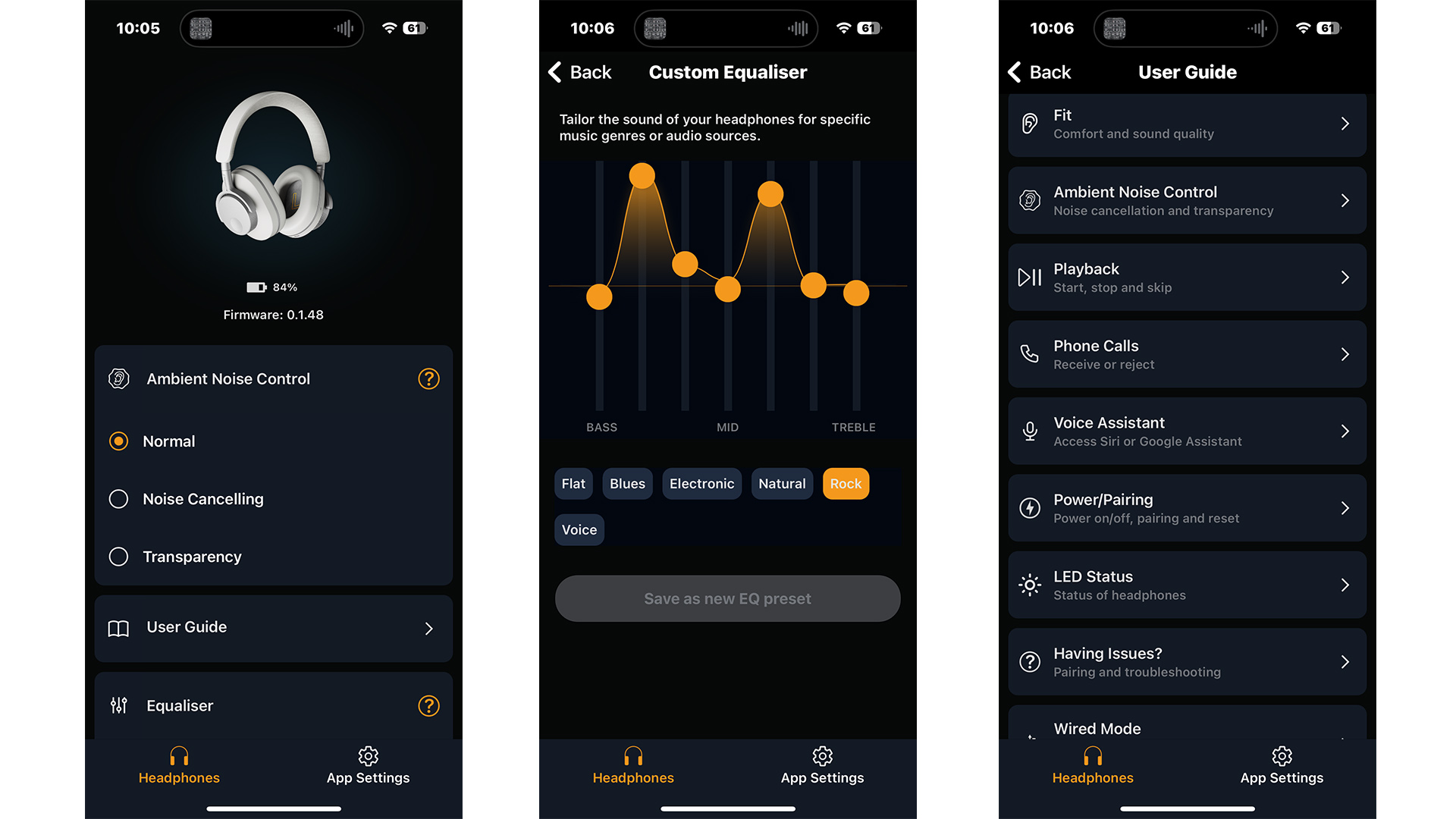
Both models share the same features that made the original P100 compelling. The extraordinary battery life remains unchanged – up to 100 hours with ANC disabled or 60 hours with noise cancellation active. These figures continue to dwarf most competitors, with fast charging providing two hours of ANC-enabled playback from just five minutes of charging.
Active noise cancellation operates across three modes on both models, and while not class-leading, we found it perfectly acceptable for the price point on the original P100.
Bluetooth 5.3 connectivity, multipoint pairing, and gaming mode with 80ms latency round out the core feature set that both models share.
Wired listening is supported on both models (USB-C and 3.5mm audio cables are provided), while British comedian and actor Matt Berry once again provides the voice prompts when choosing the "Southwark" option.
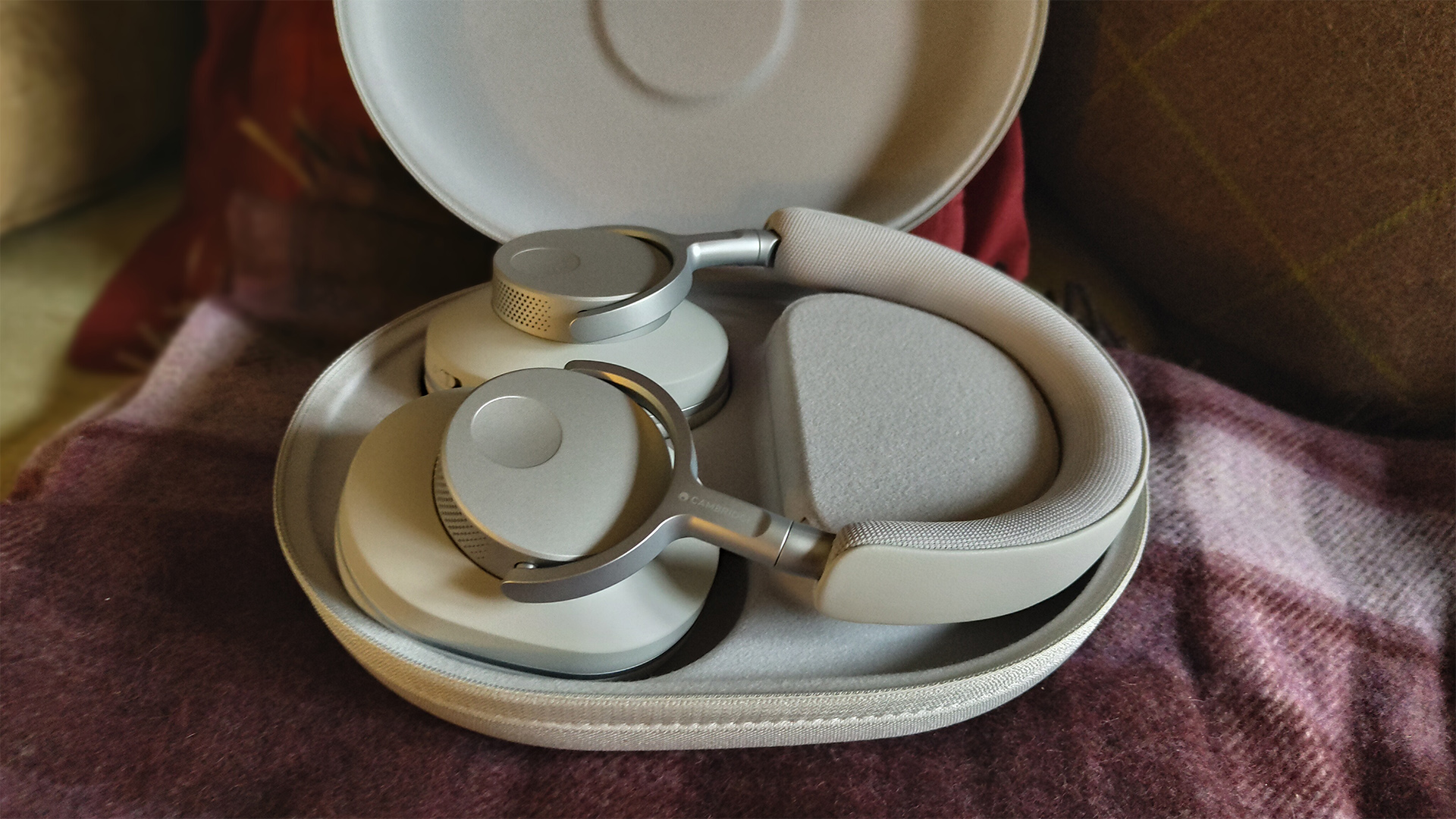
Elsewhere, the P100 SE introduce Cambridge Audio's proprietary DynamEQ technology, which represents the most significant functional upgrade over the original. This system automatically adjusts bass and treble response as volume changes, with the aim of ensuring musical balance is maintained even during quiet listening sessions. It's a thoughtful addition, and one we’ll certainly put to the test.
The Melomania Connect app has been revamped for the P100 SE as well, offering six EQ presets tailored to different genres alongside a comprehensive seven-band manual equaliser. While the original P100 offered customisation options, the enhanced app experience suggests more refined control over the sonic character.
Both models maintain support for the aptX Lossless (CD-quality) and aptX Adaptive (24-bit/96kHz) from compatible source devices, alongside standard SBC and AAC codec support.
Cambridge Audio Melomania P100 vs P100 SE: sound
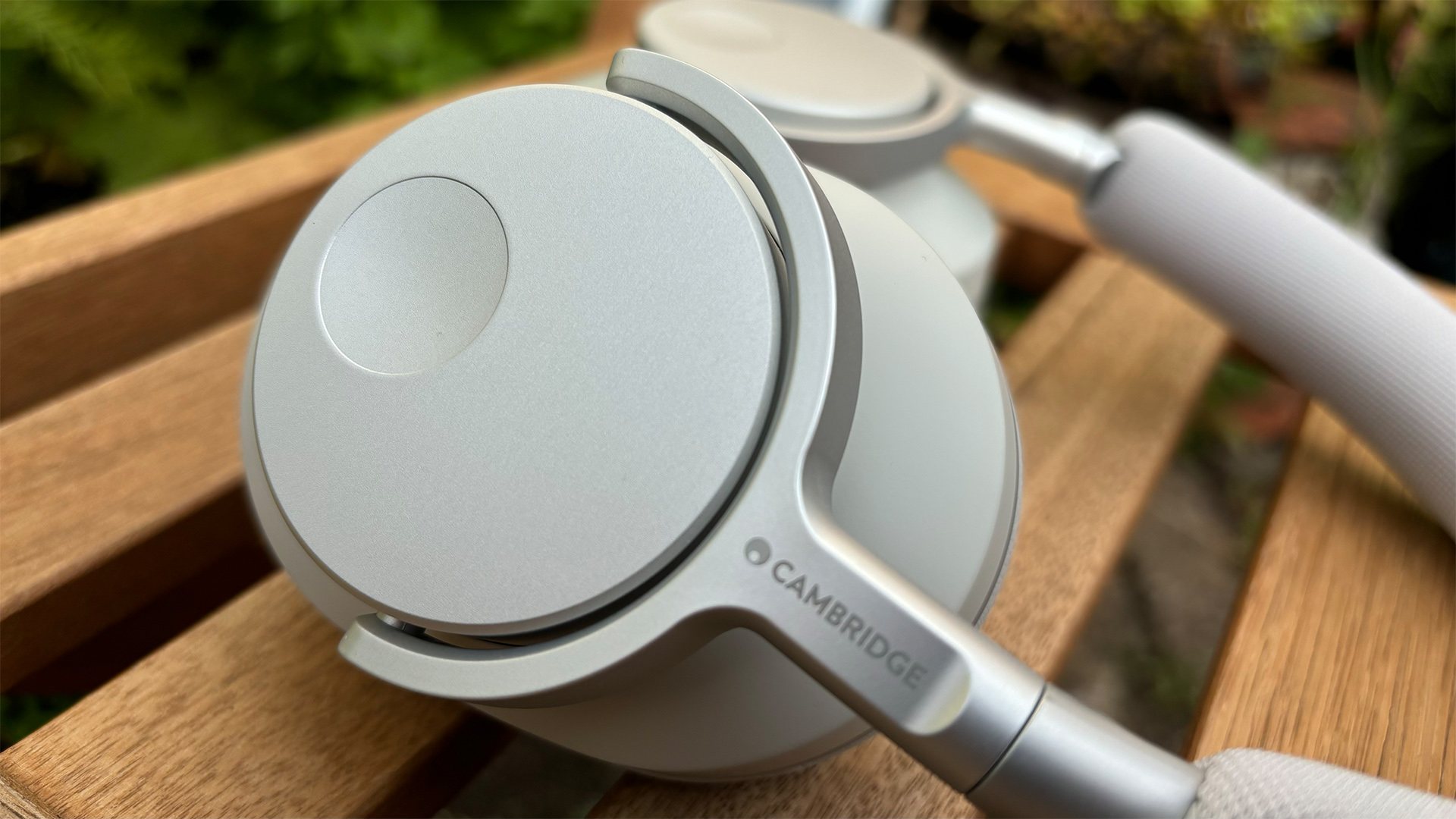
Our review of the original P100 wireless headphones revealed a clean and crisp sound with a tonally balanced and neutral character. We noted that they offered spacious refinement with a pleasing sense of detail and subtlety, and praised their resistance to brash highs or excessive lows.
However, our review also identified areas for improvement, particularly noting that they were lacking in rhythmic drive, punch and dynamism. Compared with the Sony WH-1000XM5 rival, they're simply not very fun or engaging to listen to.
We found that rockier tracks didn't have the kick we were hoping for, and found the midrange somewhat thin, which affected the bite and impact of guitars, and overall enjoyment of songs, regardless of genre.
According to Cambridge Audio, the P100 SE addresses these specific concerns through comprehensive retuning of the same 40mm three-layer composite drivers and Class A/B amplification found in the original.
The company claims "more dynamic sound" and "deeper bass," while promising "louder playback" capabilities – all while preserving "the transparent and emotive Cambridge Audio sound that listeners love."
This appears to directly target the energy and punch limitations we identified in our original review, so we’re looking forward to finding out if these tweaks deliver.
Cambridge Audio Melomania P100 vs P100 SE: early verdict

The Melomania P100 SE appear to represent a thoughtful evolution of the original design, addressing specific areas where the standard model showed room for improvement. The enhanced tuning promises more dynamic sound and seems to directly target our gripes with the original, with potentially improved comfort thrown in for good measure.
The addition of DynamEQ technology and the revamped app experience suggest that Cambridge Audio has invested meaningfully in refining the user experience beyond simple cosmetic changes. The £20 launch price premium seems reasonable (at least on paper) given the scope of improvements – particularly if the sonic enhancements deliver the energy and excitement we felt the original P100 lacked.
However, the true measure of the P100 SE's success will depend on how effectively these improvements translate into real-world performance and against the competition around this price point. We'll provide a comprehensive update to this comparison once we've thoroughly tested the Cambridge Audio P100 SE, so watch this space.
MORE:
Read our original Cambridge Audio Melomania P100 review
These are the best headphones you can currently buy
Check out the best cheap wireless headphones

You must confirm your public display name before commenting
Please logout and then login again, you will then be prompted to enter your display name.
